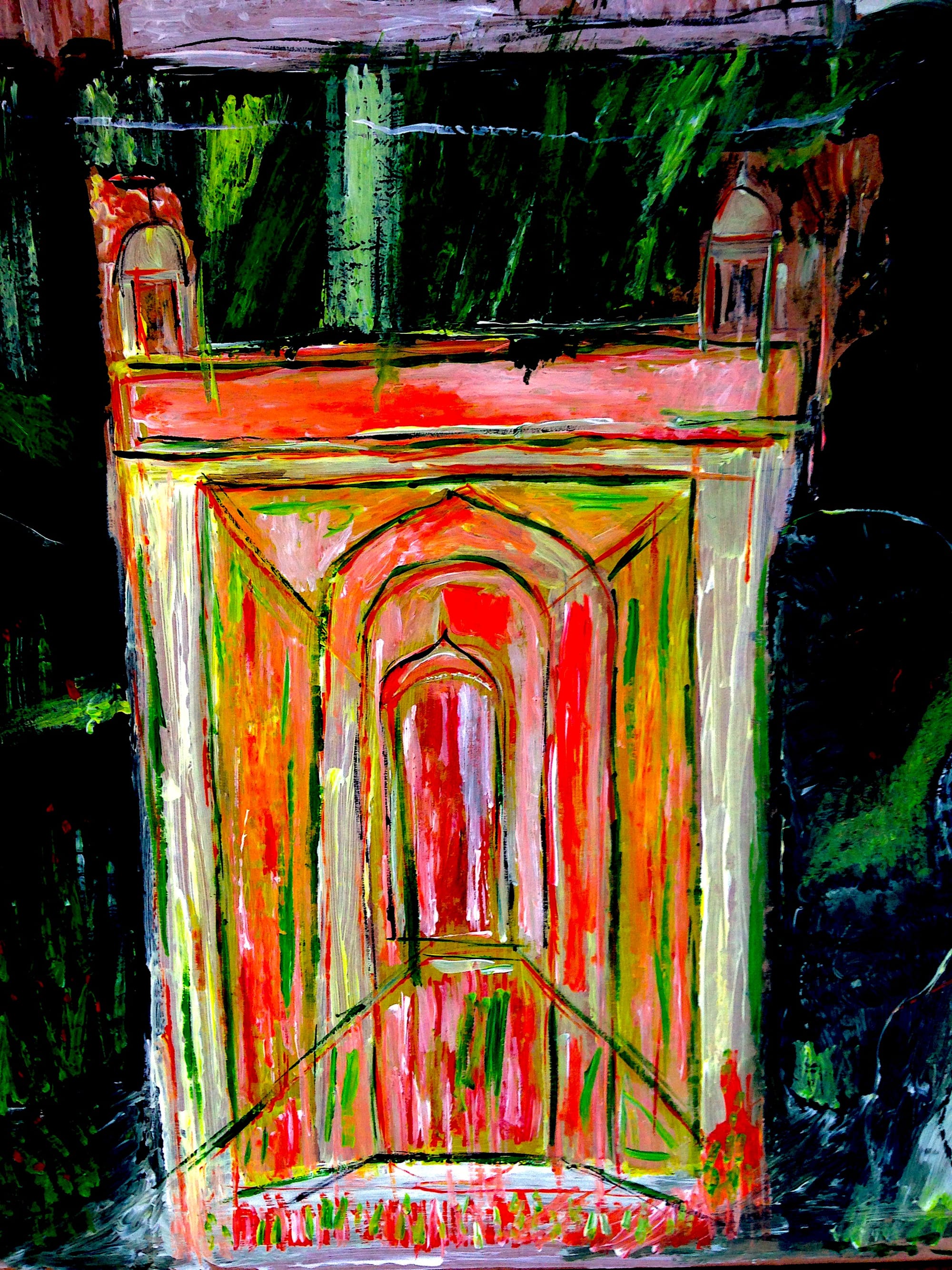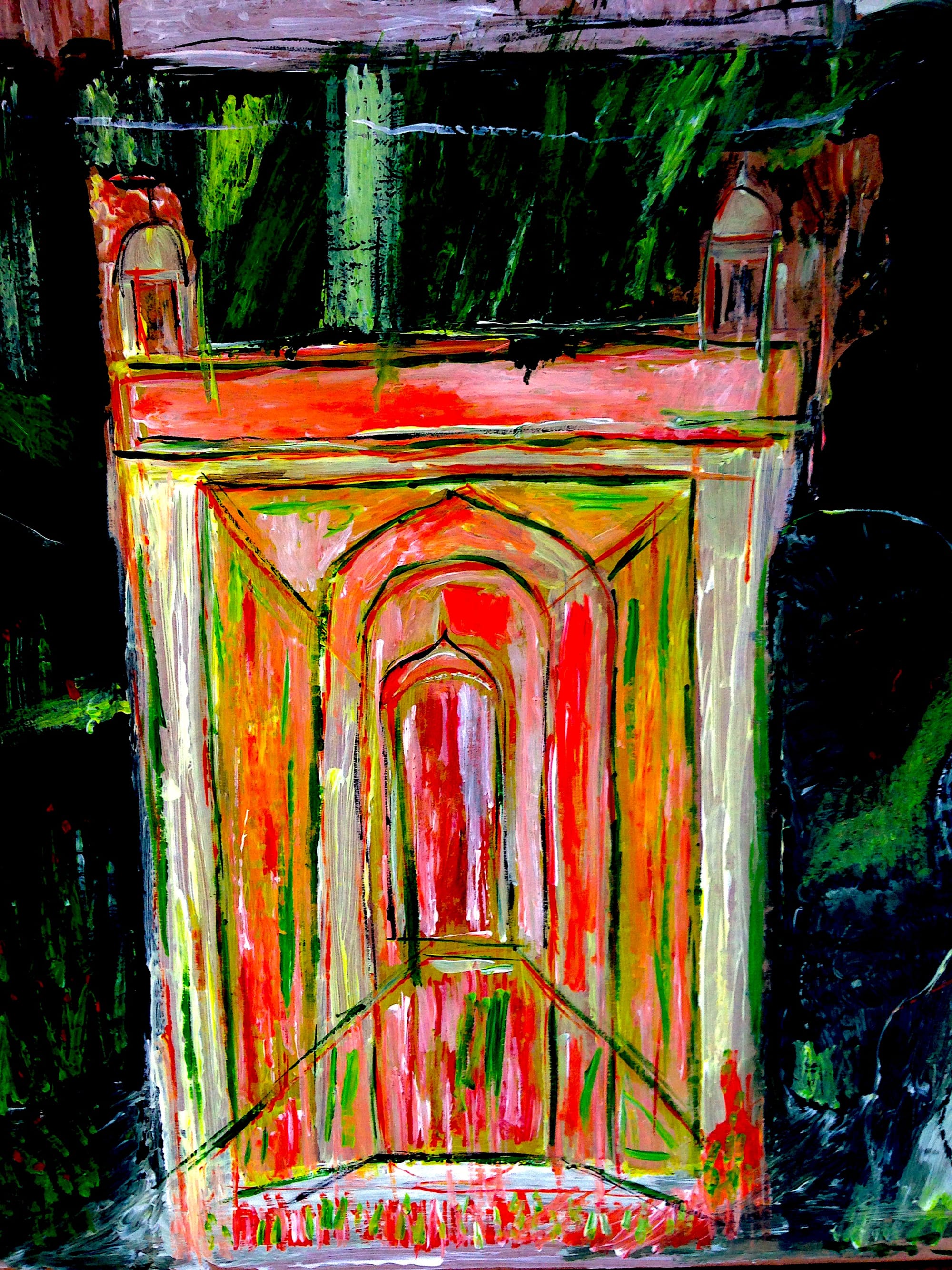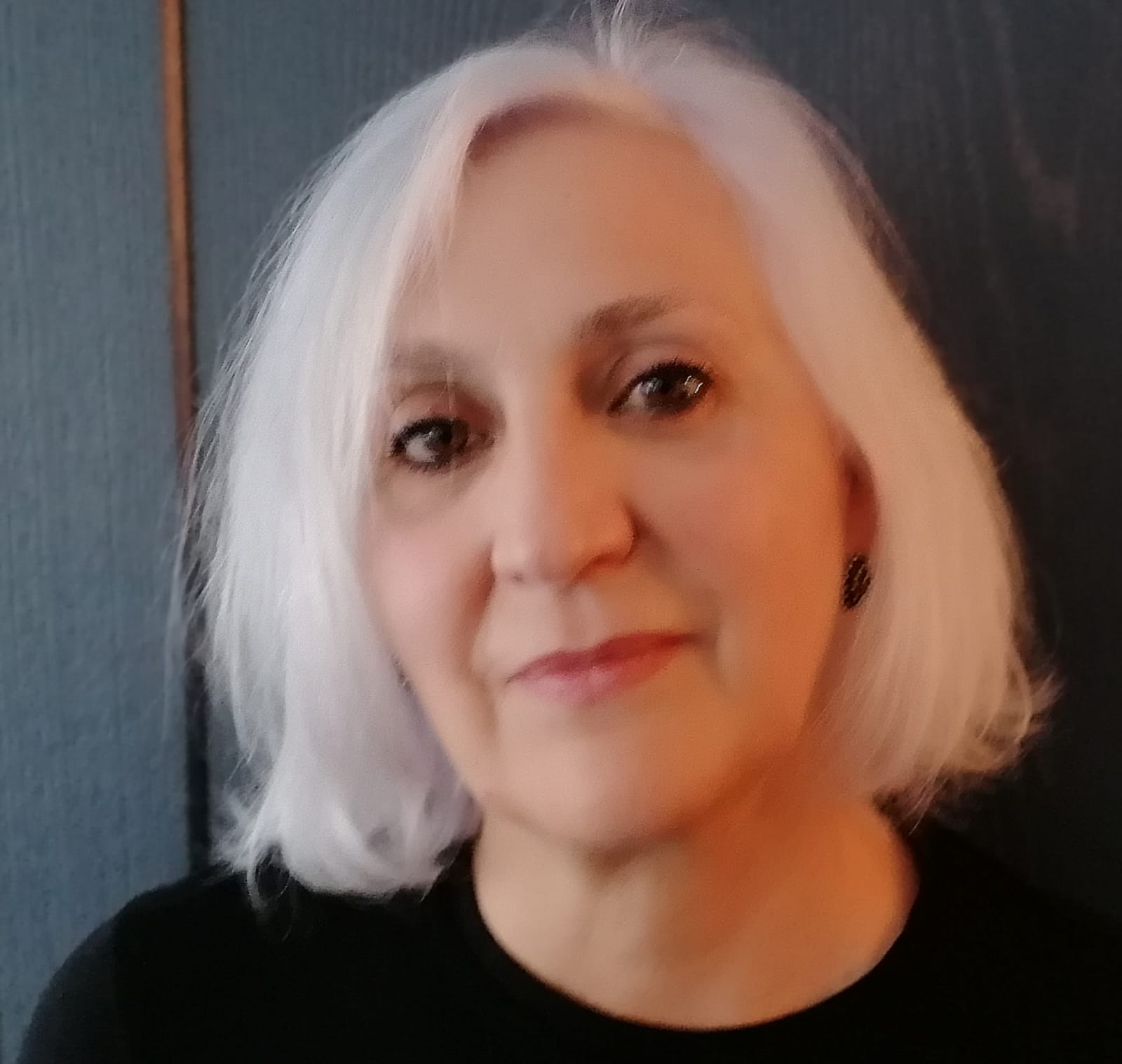Assertables and Prosentences. Ramsey Joins the Conversation

By M. J. Frápolli

Aphorisms are very becoming. Even truth looks better in them. Or so it seems. In the conversation, Strawson mentions Ramsey's “there is no separate problem of truth” and Austin's “It takes two to make a truth”. But aphorisms cannot replace theoretical work. In “The Nature of Truth”, Ramsey instils a further powerful insight into the debate about truth, an insight whose philosophical significance is not yet fully understood. Here as everywhere else, Ramsey was ahead of his time. The Ramsey effect, you know. Some artificial problems arise, he claims, because natural languages treat “what should really be called pro-sentences as if they were pro-nouns” (Ramsey 1929, p. 10). Prosentences are quite peculiar expressions. Their semantic values in context are complete propositions, but they can belong to virtually any grammatical category. “Yes” and “no” are adverbial prosentences, some uses of “that” and “what” are nominal prosentences, and “what Gareth said is true” is a sentential prosentence. Failure to spot prosentential uses of some pronouns “gives rise to artificial problems as to the nature of truth” (Ramsey, loc. cit.).
Susan Wilson invites Strawson and Evans to address two general questions: (i) what is it that all true statements have in common, and (ii) in which aspects are all true statements alike and in which distinct from each other. Both seem reasonable. After all, red things are all red and differ in colour from green things. Yes, but only on the assumption that ‘is true’ works as ‘is red’. And we have all reasons to doubt it. Ramsey’s intuition offers an explanation of the difference. In truth ascriptions, i.e. sentences such as “it’s true”, the predicate “is true” has only grammatical significance. The proposition to which truth is ascribed is referred to by the grammatical subject of the sentence, which usually is “it”, “that”, or “what she said”. The function of “is true” is to form sentential prosentences out of nominal ones. By contrast, the predicate “is red”, in “my car is red”, provides an ingredient to the content asserted by the utterance of the sentence, the same ingredient it provides in the utterances of other sentences in which “is red” occur. True propositional contents do not have in common any property identifiable in them. What they share is their status of being accepted, believed, or asserted by speakers at one time or another. As propositional contents, they are all assertable, judgeable and believable. “[A]nything appropriately regarded as true or false is a proper object of belief” says Evans (part 2 [00:10:32]), indirectly assuming the core of Ramsey’s intuition, “If p was what he believed, p” (Ramsey 1929, p. 10). There is no separate problem of truth, the problems, Strawson acknowledges, stand at the “nature of statement, or assertion, and the nature of belief” (Strawson, part 1 [00:01:44]).
Understanding truth ascriptions as prosentences fulfils Evans’ longing for “an undifferentiated notion of truth which applies across different statement contents” (part 1 [00:04:40]). Prosentences are propositional variables and, as such, inherit any content to which they are contextually attached. And those contents can be as diverse as the topics covered by language. By “what he said is true” I might refer to, and endorse, the content that every even integer is the sum of two primes. Surely, mathematical contents might need a differentiated treatment (Strawson, part 1 [00:03:58]), but as Evans remarks, the theory of truth is not “the place to reflect these differences” (part 1 [00:04:40]). No need for a primary sense of truth to be distinguished from other dependable, derivative senses (contra Strawson, part 2 [00:00:00]).
Assertion, truth, and fact belong to the same semantic family. They cannot be characterized without reference to each other. Insistence on facts, factuality, the world, how things are, and the like does not get us closer to the truth. The correspondence-like talk, as Ramsey saw, is “not an analysis but a periphrasis” (1927, p. 5). And still, Austin is right that “It takes two to make a truth”. But the two poles of truth are belief, i.e. a mental state, and assertion. There is no world beyond assertion. It is in assertion where language and the world make their acquaintance. And the world that we invoke is the only world that makes sense to us. It’s the world of all human discursive activities, the world of the shared assumptions we live in, the world that justifies our beliefs. A world that only enters the rational life of creatures like us in the conceptual articulation of linguistic actions. Truth does not tango with “the distribution of elementary particles” (Evans, part 1 [00:09:01]), assertion tangoes with truth.
References
Ramsey, F. P. (1927). Facts and Proposition. Truth. Proceedings of the Aristotelian Society. The Virtual Issue No. 1 (2013)
Ramsey F.P. (1929). The Nature of Truth. In: Rescher N., Majer U. (eds) On Truth. Episteme (A Series in the Foundational, Methodological, Philosophical, Psychological, Sociological, and Political Aspects of the Sciences, Pure and Applied), vol 16. Springer, Dordrecht.

About the Author
María J. Frápolli is Professor of Logic and Philosophy of Science at the University of Granada (Spain) and Honorary Professor of Philosophy at University College London, where she held a Marie Skłodowska-Curie Fellowship (2015-2017). From 2006-2012, she held the presidency of the Society for Logic, Methodology and Philosophy of Science in Spain, and is currently the president of the Spanish branch of the Society for Women in Philosophy (Analytic). Her philosophical work focuses on the semantics and pragmatics of higher-level notions (truth, logical constants, alethic and epistemic modalities), regarding which she maintains a non-representationalist approach (pragmatist, expressivist and inferentialist).
A sample of her publications can be seen here
Some of her books:
Expressivisms, Knowledge and Truth. Cambridge University Press.

The nature of Truth. An Updated Approach to the Meaning of Truth Ascriptions. Springer

Teorías Contemporáneas de la Verdad

Ramsey: Critical Re-assessment.

A sample of her publications can be seen here